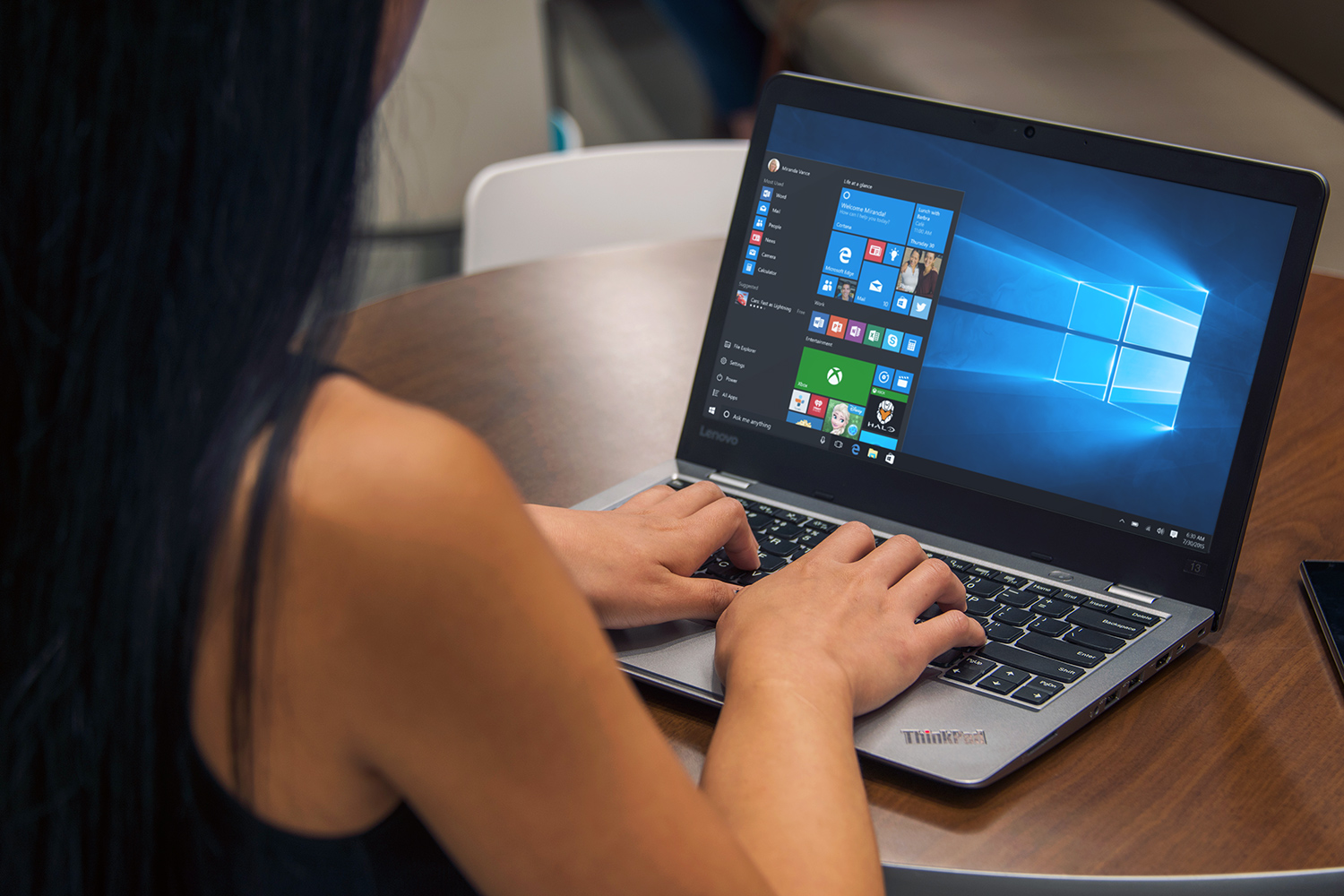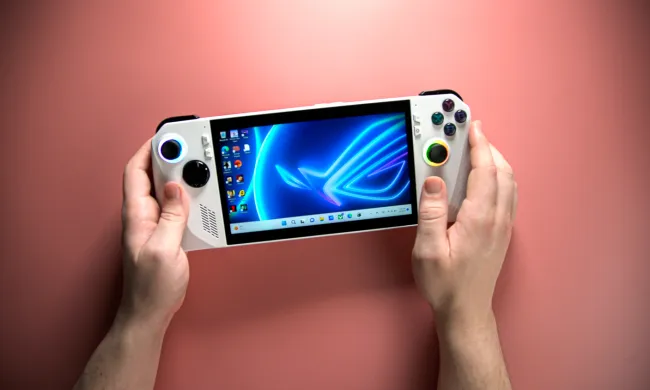
Following the release of Windows 8 in 2012, many businesses and consumers chose to hold on to Windows 7. Many users were unfavorably impressed with the newer operating system’s dual interface design that was aimed at supporting both tablet and desktop computers. Those users may finally be moving on, however, as enterprises and everyday individuals continue to take the plunge into Windows 10, and the operating system commandeers Windows 7 holdovers — reaching a 39.2-percent market share for all PCs.
Looking a bit closer at the numbers, we can see that Windows 10 has officially become the number one operating system on the planet. Along with the impressive 39.2-percent share on all PCs, it has a 45-percent share on all PCs running Windows (the first number includes other operating systems such as MacOS, Linux, and Chrome OS). Experts initially predicted the Windows 10 takeover at an earlier point last year, but the operating system’s adoption rate fell behind its growth forecast.
Why the sudden shift to Windows 10? Within the tech community, there seems to be an axiom that Microsoft ultimately got every other operating system right, to a point where users are comfortable and happy with the result — we can see this pattern with Windows XP, Vista, 7, 8, and 10. And holdouts who kept their machines running Windows 7, avoiding the new interface design in Windows 8, seem to finally be making their way over to the new release.
Additionally, enterprise users are receiving a strong push from Microsoft as the company announced that it would be discontinuing support for Windows 7 in 2020. As always, Microsoft has offered an extended support option for Windows 7, but it will involve a monthly fee — a factor that most businesses would prefer not be present in their bottom line. Users who choose to hang onto Windows 7 after 2020 without a paid support subscription will find themselves vulnerable to security risks, bugs, and other issues that will not be patched.
Compared to past operating systems, estimated numbers for computers that will still be running Windows 7 when support ends in 2020 will still be quite high, coming in at 36 percent. Past operating systems that have remained in consumer and enterprise hands long after their expiration date include Windows XP, which had come in at 29 percent.


